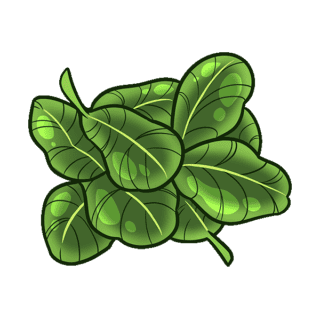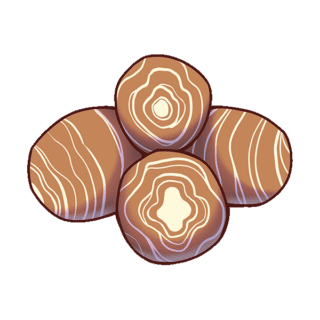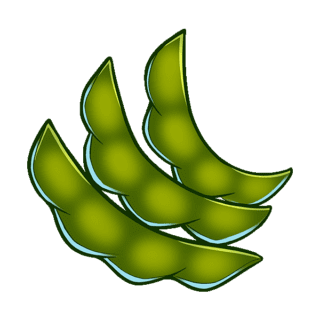Naganegi (Japanese Leek)
Naganegi have been eaten in Japan for well over 1,000 years and, while they’re common all over, are particularly associated with the Tokyo region. They’re popular both as garnishes and base ingredients; in nabe hot pot, miso and other soups, stir-fries, noodle-dishes, chopped and marinated by themselves, and more.
Naganegi are kind of the perfect happy medium between European leeks and scallions: they’re hardy enough to hold up to more cooking than a scallion, but tender enough that they don’t have to be. Not that you can’t eat European leeks raw, but there’s a reason they’re usually cooked.
Further, naganegi are a good source of many vitamins in minerals, particularly vitamins B, C, K, and beta carotene. And just like all roughage, they’re high in fiber to “get things moving” during digestion.
You can find naganegi in Uwajimaya’s produce department alongside many other Asian and Western vegetables.





